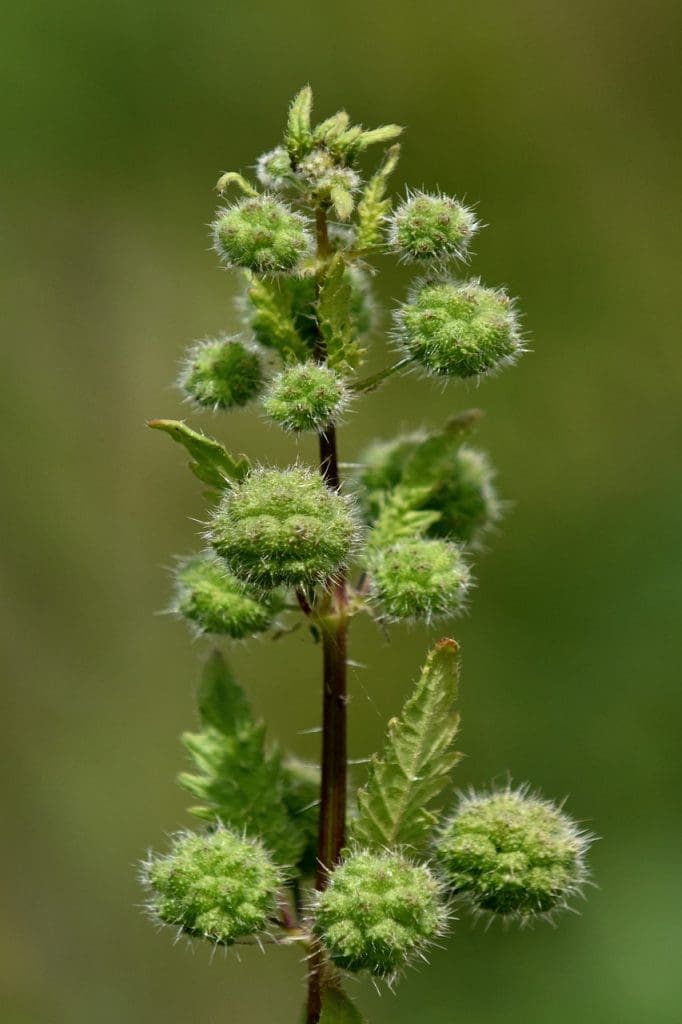In “Top Techniques for Controlling Alligator Weed in Natural Habitats,” you’ll discover essential strategies to manage and reduce the invasive spread of alligator weed in your local ecosystems. This comprehensive guide provides you with effective methods, including biological controls, mechanical removal, and chemical treatments, ensuring you have the right tools to protect and restore the natural balance in your environment. By implementing these top techniques, you’ll contribute to healthier habitats and support biodiversity in your area. Have you ever come across a thriving patch of alligator weed in your local wetland and wondered how to tackle it? You’re not alone. Alligator weed, or Alternanthera philoxeroides, is a persistent and invasive species that can wreak havoc on natural habitats. But don’t worry, there are effective methods to control it.
Understanding Alligator Weed
What is Alligator Weed?
Alligator weed is an aquatic plant native to South America. Unfortunately, it has made its way into various parts of the world, including the United States, Australia, and New Zealand. Its aggressive growth pattern and adaptability to different environments make it a formidable invader.
Why is it a Problem?
This weed can outcompete native plants, clog waterways, and degrade water quality. It disrupts the natural balance, making habitat management a challenging task. Its growth can also impact activities such as fishing, swimming, and boating, affecting local communities and economies.

Top Techniques for Controlling Alligator Weed
Now that you know what alligator weed is and why it is problematic, let’s dive into the techniques for controlling it. We’ll cover a range of methods from manual to biological control, each with its own set of advantages and limitations.
Manual and Mechanical Control
Hand Pulling
Removing alligator weed by hand is effective for small infestations. This method is straightforward but labor-intensive.
Steps for Hand Pulling:
- Wear gloves to protect your hands.
- Grasp the weed close to the root and pull gently.
- Place the removed plant in a bag to prevent reseeding.
Mowing and Cutting
Mowing or cutting the weed can provide temporary control but won’t eliminate it permanently. This method is more suitable for areas where the weed is mixed with other vegetation.
Pros and Cons Table:
| Method | Pros | Cons |
|---|---|---|
| Hand Pulling | Low cost, selective | Labor-intensive, time-consuming |
| Mowing/Cutting | Quick, covers large areas | Temporary, can spread fragments |
Chemical Control
Herbicides
Using herbicides is another option, especially for larger infestations. However, it’s essential to choose the right herbicide and apply it correctly to minimize environmental impact.
Common Herbicides for Alligator Weed:
- Glyphosate
- Imazapyr
Steps for Application:
- Read the herbicide label carefully.
- Choose a calm, wind-free day for application.
- Wear protective gear.
- Use a sprayer to apply the herbicide evenly.
- Monitor the area for regrowth and reapply as needed.
Pros and Cons Table:
| Method | Pros | Cons |
|---|---|---|
| Glyphosate | Effective, widely available | Non-selective, can harm non-target species |
| Imazapyr | Long-lasting, effective | Expensive, can harm aquatic life |
Biological Control
Introduction of Natural Predators
One of the most environmentally friendly methods is introducing natural predators such as insects that feed on alligator weed. This method targets the weed specifically, leaving other plants unaffected.
Examples of Biological Agents:
- Alligator weed flea beetle (Agasicles hygrophila)
- Alligator weed thrips (Amynothrips andersoni)
Steps for Introduction:
- Obtain the biological agents from a reliable source.
- Release them in the infested area.
- Monitor their impact over time.
Pros and Cons Table:
| Method | Pros | Cons |
|---|---|---|
| Flea Beetle | Targeted, sustainable | Slow, requires monitoring |
| Alligator weed thrips | Selective, minimal impact on native plants | Less effective in cooler climates |
Integrated Pest Management (IPM)
Combining Methods
Integrated Pest Management (IPM) combines multiple control methods to achieve long-term management of alligator weed. This approach maximizes benefits while minimizing drawbacks.
Steps for IPM:
- Assess the infestation level.
- Combine manual, chemical, and biological methods as appropriate.
- Monitor progress and adjust methods as needed.
Pros and Cons Table:
| Strategy | Pros | Cons |
|---|---|---|
| Integrated Approach | Comprehensive, adaptive | Requires expertise, ongoing monitoring |

Preventing Future Infestations
Regular Monitoring
A crucial step in preventing future infestations is regular monitoring of the affected area. Early detection is key to effective management.
Monitoring Tips:
- Conduct surveys during growing seasons.
- Use drones for large areas.
- Keep detailed records of weed locations and treatment methods.
Community Involvement
Engaging the community can significantly enhance your efforts to control alligator weed. Community members can help with monitoring and manual removal.
Ways to Involve the Community:
- Organize weed removal events.
- Educate the public about the issue.
- Encourage reporting of new infestations.

Conclusion
Controlling alligator weed in natural habitats is a challenging but manageable task. By understanding the weed and employing a combination of manual, chemical, biological, and integrated approaches, you can effectively manage and reduce the impact of this invasive species. Remember, prevention and early intervention are your best allies in this ongoing battle. So, roll up your sleeves, get the community involved, and tackle that alligator weed head-on!
If you have any questions or need further assistance, don’t hesitate to reach out to local experts or organizations specializing in invasive plant management. Happy weeding!

